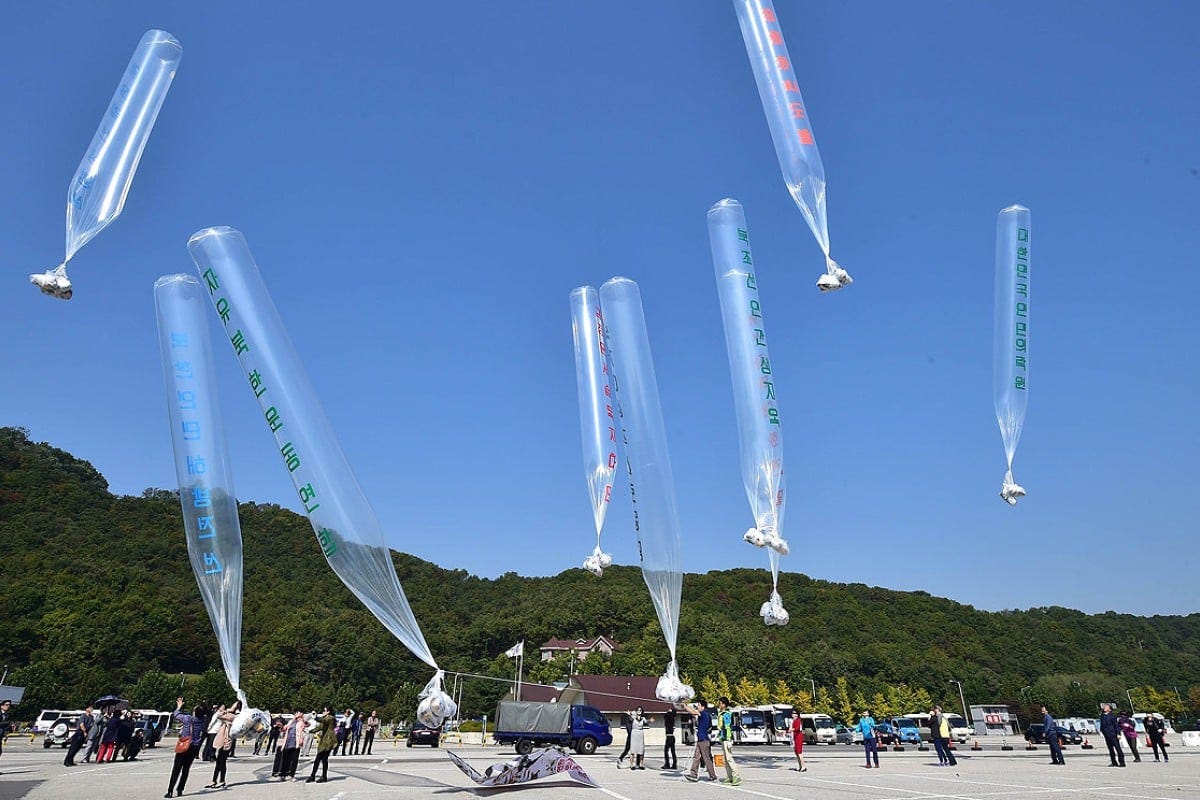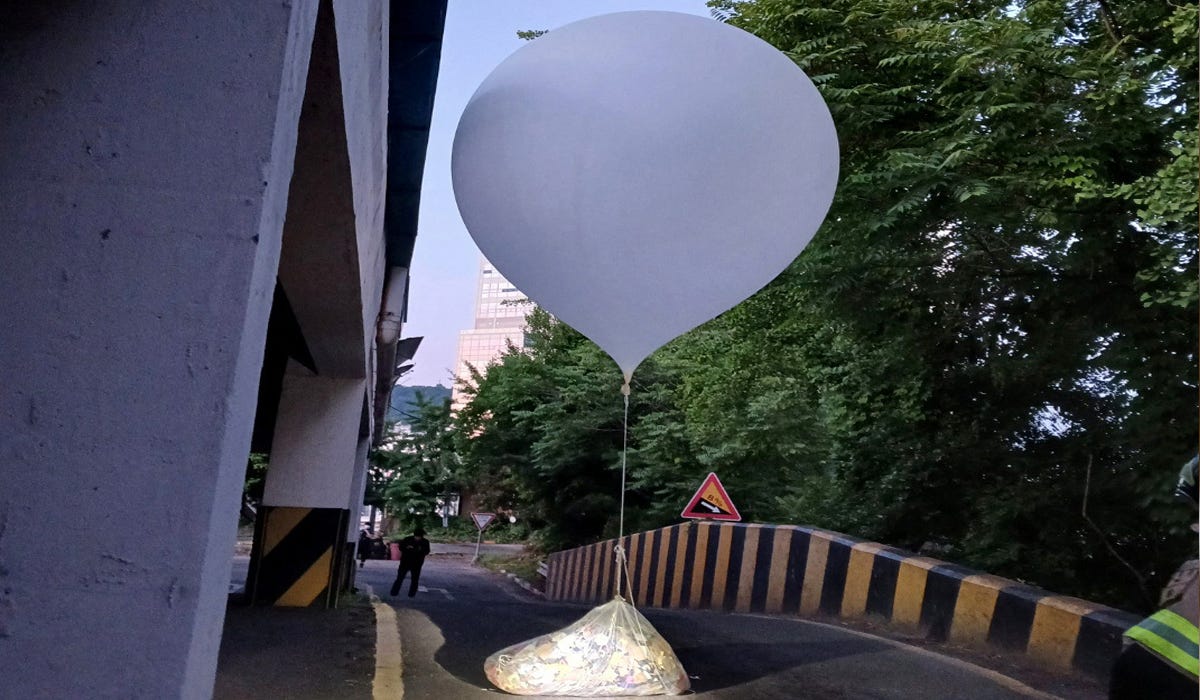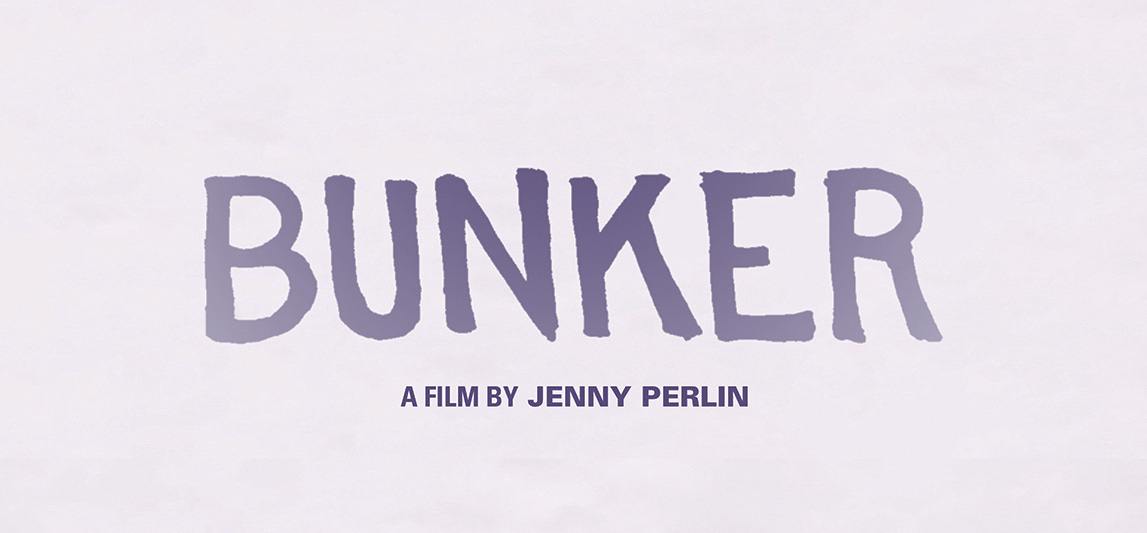I’m writing like Spider-Man falling from a high building, shooting out webs and more webs from his wrists that stick to or just miss the sides of other buildings, each one breaking as he falls faster and farther, spritzing webs one after another, a double, a triple spritz—arresting gravity’s pull, hanging for a second, toes inches from the surface of the earth, one arm stretching overhead still attached to silk, and (lucky him) dropping gently to the ground.
Each new TextEdit file is reduced to the generic title Script 1, Script 2, Script 3, etc. I am up to Script 5 which has (d)evolved into a Möbius strip of familiar inquiries. I try to see if typing the same stories in new combinations will reveal the key to making a film that works. But I know all too well that what works is if I face the music and deal with the footage itself.
It is remarkable how much laundry one can do when not wanting to face the music.

Finished a 30 minute cut of the student scientists working at the Esrange Space Center. It functions more or less like a straightforward telling of the week there, scientists working away, a balloon launch and then a second one that almost didn’t happen but finally did. A document.
I was informed earlier this week that a different film of mine was not accepted to a journal of visual anthropology in part because my use of the tripod kept me out of interactions and the viewer at too much of a distance. There are so many things I could say about that; the first thought that came to mind was “thank god I’m not an academic.” But the comment caused me to consider why I choose not to insert more of myself into the documentary-style films I make; why I keep them separate from the other more experimental films.
And then I sat there. Considering what I do when out in the world: look and imagine. That is what these long take documentary observations try to do too. Spend time. Looking: quieting. Time to wonder. Not only wonder what, but wonder at. How hands and faces do what they do, what a gesture tells, what histories seep through gaits, how light shines through ears on a backlit sunny day. In watching and imagining I try to provide space and time, hoping an imagined audience might do the same. There are different modes for envisioning: curiosity and patience work alongside expression and commentary. In parallel.

While I continue to wrestle with my own nonsense in the private space of the edit timeline, I thought it best to put down some recent observations from the last couple of weeks. Mostly from transit, where I try to stay off my phone and reenact what I used to do before the glowing rectangles found their way into our cramped hands. Writing these is comforting, intimate. I was told by a friend not to say how pleasurable it is for me to write, because writers are supposed to struggle with writing. I struggle with other things, so maybe this is allowed to be less difficult.
On the corner: The couple standing on 34th and 6th, near Macy’s. A hellish corner in midtown, busy with everyone from everywhere. The couple is not from New York. She wears white jeans and a blue dress shirt. He wears a cream-colored cable-knit short-sleeved sweater tucked into khaki shorts. She is crying uncontrollably, her face in her hands, right there by the bus stop where I am standing. He kisses the top of her head and rubs her arms again and again.
On the bus: A pregnant woman whose feet do not reach the floor from where she is sitting. A man sits next to her and is on his phone. She slips her hand through the crook of the man’s arm and looks out the window. A bright yellow “paid” sticker is still stuck to the handle of her long umbrella. Her shirt is orange-red, vibrant against her brown skin and black hair. I wonder what she is thinking and, as she senses I am looking at her, I angle my body slightly and use peripheral vision instead. Me the fool listening to Gesualdo on noise-canceling headphones to try and survive the 34th Street crosstown bus and Manhattan’s din. Another woman wearing a headwrap sits in a seat across from them; she has a newborn in a carrier on her chest and she’s going through her big bag looking for something, manoeuvering with confident, agile arms and hands around her baby. Who and where was I when my kids were that little.
On the subway: A woman with gray braided extensions and a totebag promoting a healthcare company with Happy Mother's Day Nobody Will Love You Like Your Mother in varying fonts on one side. Another woman, another totebag: Trust the Process in all caps surrounded by line drawings of a funnel, curlicues, and smiley faces. A tiny woman pulls a huge shopping cart full of thermoses, stacked plastic cups, and a cooler onto the subway car. The coolers are filled with homemade food to sell to construction workers around the city. Her hair is shiny black and pulled into a huge round bun held with a clip on one side. She is wearing a striped long sleeve shirt and jeans. It’s going to be 85 degrees today and I wonder if she will work outside or in.
In the park: after a moping, dragging walk through, I hear saxophone sounds wafting over the grass. I walk to the benches behind the monument to the Marquis de Lafayette, his bronze-glowing cane a product of the good-luck touches legions of Brooklynites have applied since its 1917 dedication. I plunk myself onto the bench across from the musician. He’s wearing sunglasses and playing a well-worn tenor. I feel awkward after sitting, realizing I placed myself in the center of the central bench in the half-circle facing the monument’s back. People not waiting for anyone sit in the center of centermost benches.
The saxophonist is improvising and he is good. After about 5 minutes he shifts to a slower melody. After a couple of notes I realize the song is Misty which I used to belt out while blasting my Ella Fitzgerald cassette on the auto-repeat boombox in my first-year college dorm room. As an aside, I cannot imagine being my roommate.
So the saxophonist’s playing Misty and I sense his body angles to face mine in the subtle way I angled in relation to the woman on the bus. Though he is wearing dark glasses, he is in fact playing Misty for me. Nobody else is in the center of the central bench. I straighten, assume an attentive listening pose, find my eyes misty too.
After five or so minutes he finishes that improv and then moves around to the front of the monument to play more. I sit longer and listen to the notes bending through the air around the Marquis de Lafayette. I take some money from my wallet and assess when feels right to get up and drop the bills in his case. I tell him you are amazing and he says thank you. I thank him for playing Misty and he responds I remember someone coming into the zone and just felt it so he played it. And then I get a little teared up again and thank him and he says I appreciate you and honestly that’s all I need to get through the day. To feel. To improvise. To play.

On recent process:
North Korea is sending balloons carrying bundles of trash and feces over the border to South Korea. These garbage balloons are meant as messages to South Korea because activists there are sending balloons to the North carrying bundles filled with snacks, propaganda leaflets, and flash drives filled with K-Pop videos. Apparently North Korea is calling these bags of excrement drifting in on balloons gifts of sincerity. South Korean officials are telling people not to touch the packages.
In May I had planned with great excitement to do a video shoot of the performer Julie Atlas Muz doing her patented balloon dance in which she inserts herself inside an inflated six-foot-diameter latex balloon and does a burlesque dance to a Liberace song in balloon-silhouette before popping herself (as it were) and emerging from the shards in a glittery outfit.
This, I was sure, would be the solution to all the problems and strangeness of whatever this balloon project is. The solemn, scientific, and possibly tedious material I have gathered would be instantly thrilling, filled with lusty anticipation if I intercut the dance in with the plodding narratives about 18th century aeronauts or miserable stories of plastic pollution in the Arctic.
But the places I found to do the filming weren’t right. I was too busy, too much in a rush. So I canceled the shoot for now. Julie agreed to perform for the camera another day if she isn’t performing in Vegas or London.
Yesterday I decided to ask some of the people I’ve spoken with about balloons over the past few years to read aloud some of the correspondence we exchanged, thinking it would be great to have their voices on the soundtrack rather than mine or an actor’s.
Today I emailed Dr. V. Faye McNeill, who I interviewed last year and wrote about in several earlier posts. Dr. McNeill is the first female tenured professor of Chemical Engineering at Columbia University. In my message, launched into the online void, I asked her permission to film the artificial stratosphere she and her students have constructed in their lab.
This is your process, everyone who knows me tells me.
More webs, hoping they’ll stick and provide a gentle landing.
Thanks for reading.
And, if you haven’t seen it already or want to watch it again, you can stream my feature documentary BUNKER on Amazon, Mubi, Metrograph and Projectr.tv.





